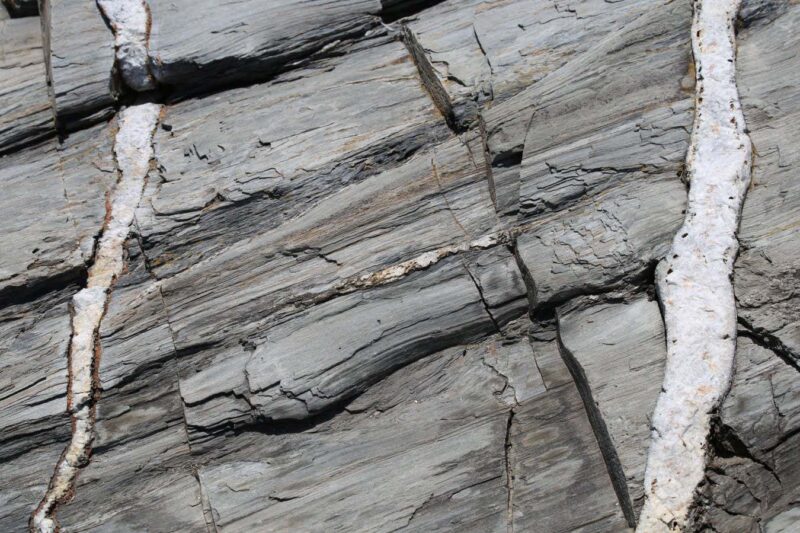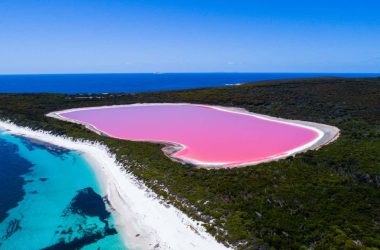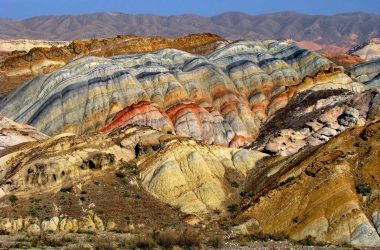Veins of white quartz on the north-east coast of the US
Richard Berube / Alamy Stock Photo
The evolution of early organisms on Earth may have been shaped by oxygen-producing reactions that occurred during geological processes, including earthquakes.
Currently, oxygen constitutes approximately one-fifth of Earth’s atmosphere, with plants and microbes being the primary sources of its production. However, this was not always the case. The Great Oxidation Event, which took place between 2.4 billion and 2.3 billion years ago, led to a significant increase in oxygen levels due to the rapid proliferation of microbes that release oxygen through photosynthesis.
Interestingly, the presence of antioxidant enzymes across various life forms suggests the existence of a common ancestor that was exposed to some level of oxygen before the Great Oxidation Event.
Researchers, led by Mark Thiemens at the University of California, San Diego, conducted experiments using crushed quartz rock exposed to water under conditions similar to those on early Earth. Quartz was chosen due to its simplicity and prevalence as a silicate mineral.
Their findings revealed that the fractured crystals on the surface of quartz can react with water, forming molecular oxygen and other reactive oxygen species such as hydrogen peroxide. These free radicals, while damaging to DNA and cellular components, are believed to have played a crucial role in the early evolution of life, as organisms developed enzymatic capabilities to combat their harmful effects, according to Timothy Lyons from the University of California, Riverside.
Naturally occurring events like earthquakes, erosion, or glacial movement can also lead to the abrasion of quartz and other silicate minerals, enabling them to interact with water and produce oxygen molecules. The researchers estimate that seismic processes alone may have generated 100 billion times more hydrogen peroxide than atmospheric reactions, providing another potential source of abiotic oxygen.
Organisms that adapted to this seismic source of oxygen may have had a greater chance of survival during the Great Oxidation Event, which triggered a significant shift in Earth’s chemistry, corroborates Lyons.
The researchers propose that similar geological processes occurring on other celestial bodies, such as sandstorms on Mars or tidal fluctuations on Saturn’s moon Enceladus, may also give rise to oxygen. This possibility can be instrumental in future efforts to detect signs of life on these planets and moons.
Article amended on 22 March 2023
We corrected the type of rock portrayed in the photo
Topics:








